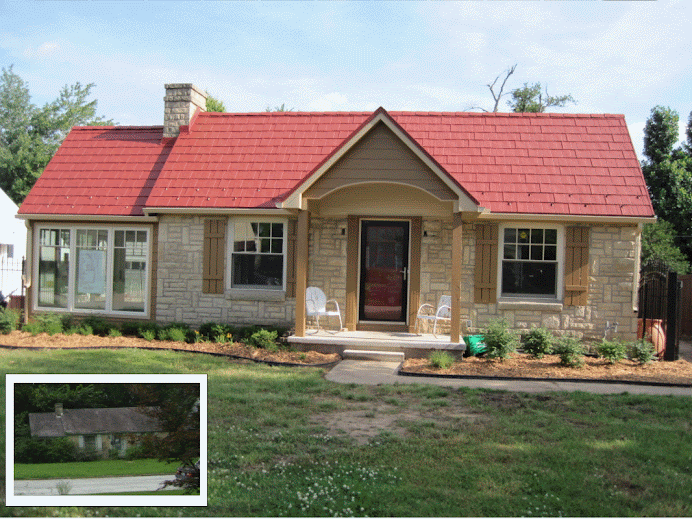By Haya El Nasser, USA TODAY
"Green" seals of approval are slapped on dishwashers, heat pumps, light bulbs and entire buildings. So why not the outdoors?
As of Thursday, even open-air spaces — from parks and parking lots to corporate and college campuses — will have their own environmental rating system.
"The recognition of the need to address climate change and sustainability is going up and up," says Nancy Somerville, CEO of the American Society of Landscape Architects, who worked with the U.S. Botanic Garden in Washington, D.C., and the Lady Bird Johnson Wildflower Center at the University of Texas-Austin to create the first national rating system for sustainable landscapes.
Until now, the most comprehensive guidelines and sought-after environmental ratings were for buildings. A Leadership in Energy and Environmental Design (LEED) certification by the U.S. Green Building Council can qualify builders and cities for tax credits. Now that the nation is embracing all things green to save money and natural resources, a LEED rating also brings marketing cachet to a project.
The spaces around buildings now can earn similar recognition from the Sustainable Sites Initiatives' new star rating scale (four stars is the highest).
"It can be the site and landscaping around a building," Somerville says.
The rating will measure several criteria. They may include planting trees in a parking lot or paving with permeable materials to minimize heat and storm-water runoff. Or landscaping with native plants to reduce maintenance, irrigation and use of pesticides.
When the trustees of Sidwell Friends School, a prestigious Quaker school, decided to build a middle school on its Washington, D.C., campus, they found that "green building was entirely consistent with Quaker values ... of stewardship of the environment," says Mike Saxenian, assistant head of school. The school hired landscape architect José Almiñana, a principal with Philadelphia-based Andropogon Associates, who finished his design last year.
The campus, which President Obama's daughter Malia attends, sits between two large parks. The school now acts as a bridge between the two, allowing species to move back and forth, Saxenian says. When a pond with native species overflows, water goes into a garden that filters and absorbs water, softening the impact of runoff. The new landscape rating will help people realize "that we are part of a larger natural system ... which we are fully dependent on to survive," Almiñana says.
http://www.usatoday.com/money/economy/construction/2009-11-04-green-rating_N.htm
Friday, November 6, 2009
Subscribe to:
Post Comments (Atom)

No comments:
Post a Comment